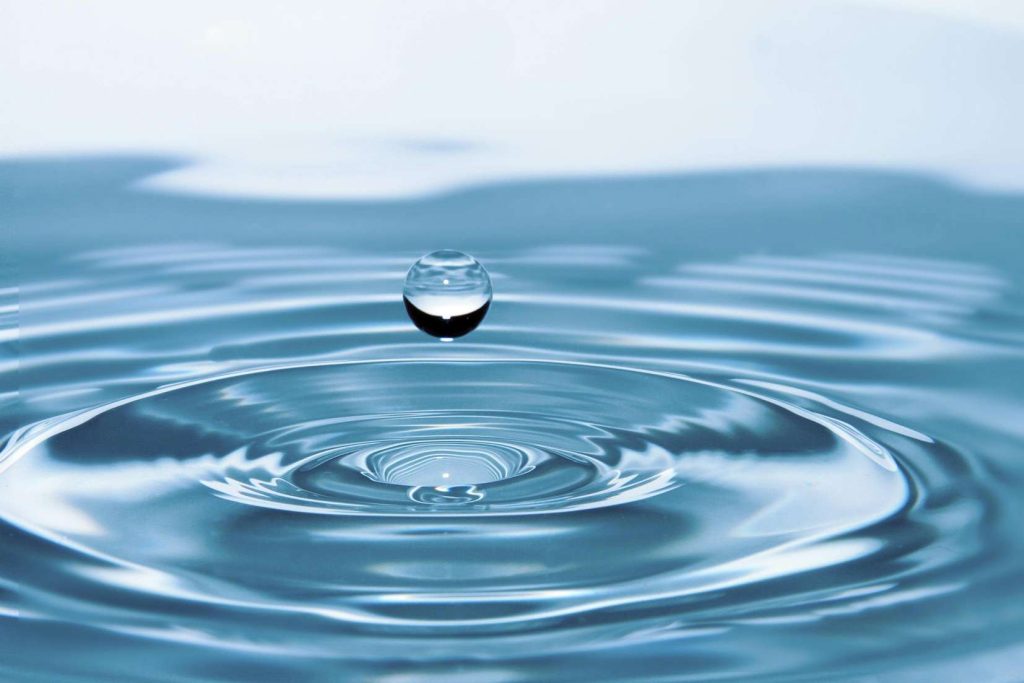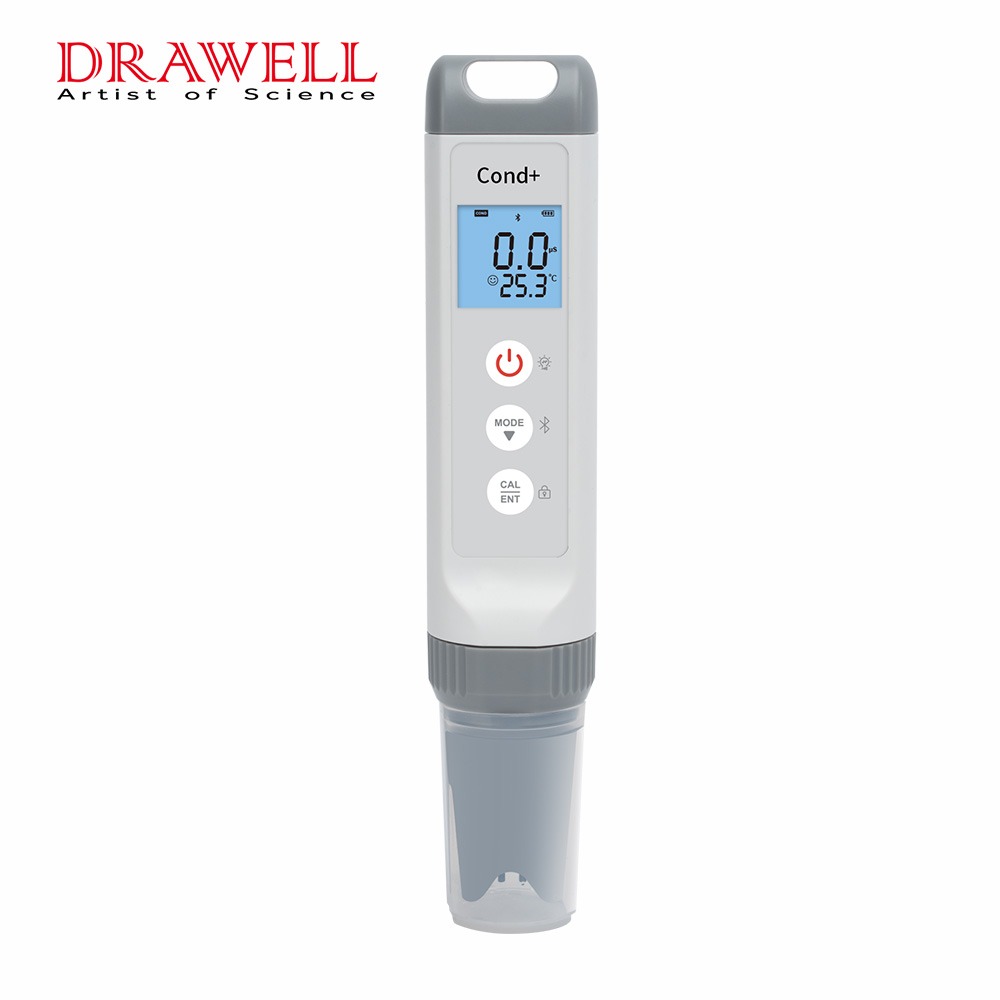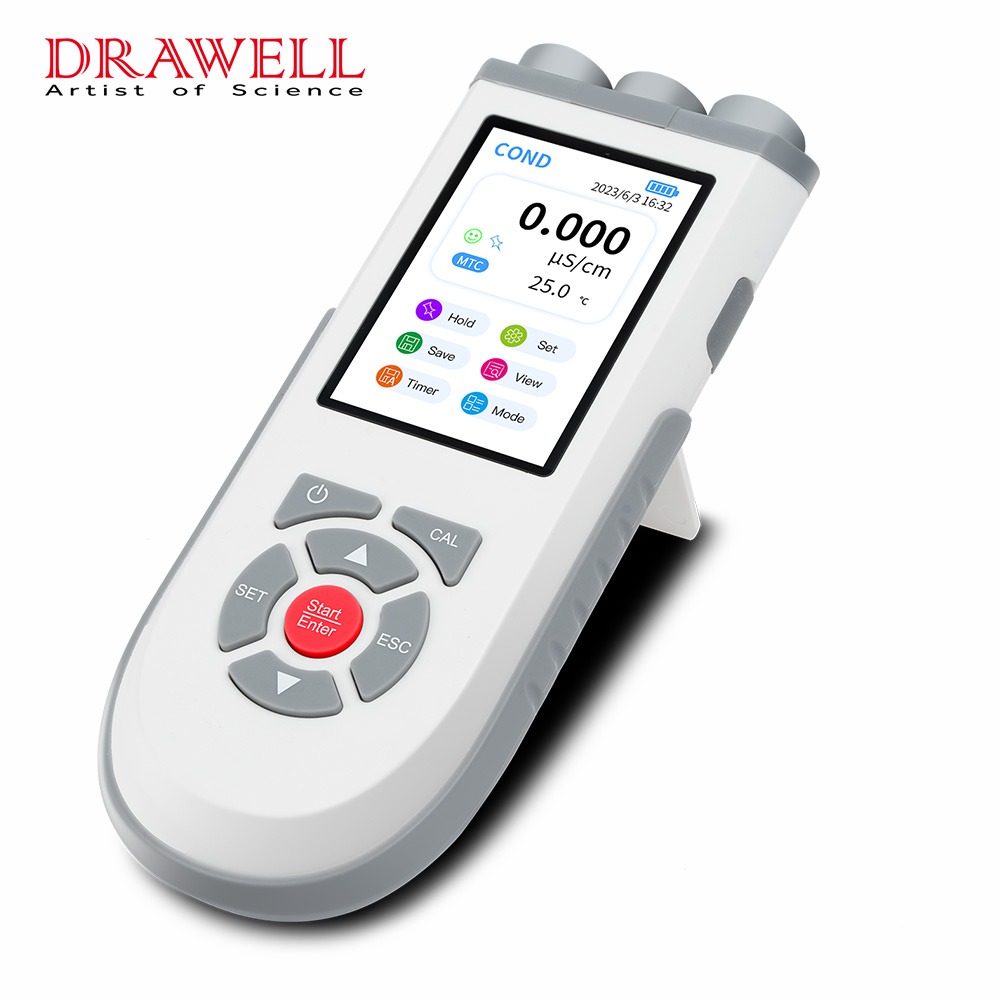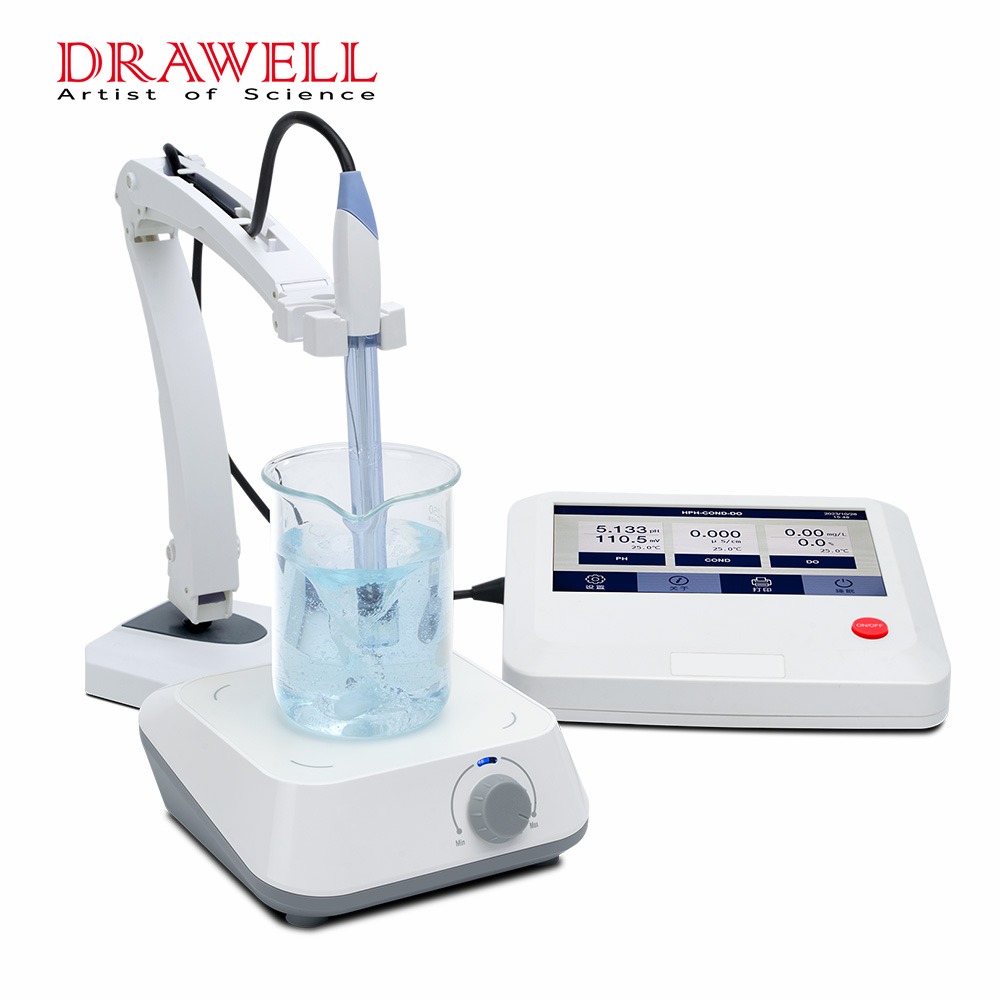Conductivity Meter
What is Conductivity Meter?
There are many types of conductivity meters, and you can choose the right type of conductivity meter based on your application scenario and usage requirements. Common types of conductivity meters include pocket, portable and benchtop types conductivity meters.
Features of Conductivity Meter
Pocket Conductivity Meter
- Inexpensive: Affordable for basic conductivity measurements.
- User-friendly: Easy to use, usually just submerge in water to read the data.
- Pocket: Small, easy to carry.
Cond+ Pocket Cond/TDS/Sal/Res Tester, Bluetooth Series
• TDS Range:0.1 ppm-10.00 ppt
• Salinity Range:0-10ppt
• Temp. Range:0-50℃(32-122℉)
Portable Conductivity Meter
- Portable: Small and lightweight, suitable for on-site measurements.
- Multifunctional: Often includes temperature compensation to improve measurement accuracy.
- Battery-operated: No power outlet required, flexible use.
EC110B Portable Conductivity Meter
• Various with range selection
• IP65 waterproof
EC10 Portable Cond Meter
• DO Range: 0-20.00mg/L(PPM),0-200.0%
• Temp. Range: 0-100°C
• IP57 Water/Dustproof rating
Benchtop Conductivity Meter
- High Accuracy: Typically more accurate than portable conductivity meters, suitable for laboratory use.
- Multifunctional: With many features such as data logging, temperature compensation, and multi-parameter measurement.
- Stability: Robust construction, suitable for continuous use.
EC100B Benchtop Conductivity Meter
• Resolution: 0.01μS/cm minimum, various ranges available
• IP54 waterproof
EC100T Benchtop Cond Meter-touch Screen
• TDS: 0-100.0 g/L, Salinity: 0-100.0 ppt
• DO Range: 0-20.00 mg/L(ppm), 0-200.0 %
• Temp. Range: 0-100°C, IP54
Applications of Conductivity Meter
Conductivity Meter measures the amount of electrical current or conductance in a solution. It is widely used in various fields.
- Agriculture
- Pharmaceuticals
- Food
- Industry
- Electricity
- Scientific Research
- Metallurgy

Relationship Between Conductivity and Water Quality
Conductivity is an important parameter in water quality analysis because it indirectly reflects the purity and mineral content of the water.
- Pure water: Low conductivity due to the almost complete absence of ions.
- Mineral water: Contains some mineral content and has moderate conductivity.
- Hard water: Contains a high proportion of calcium and magnesium ions and has high conductivity, which can lead to limescale deposits and corrosion.
- Contaminated water: Conductivity can also be unusually high if too many contaminants, such as heavy metals or organic pollutants, are dissolved in the water.

What Does a Conductivity Meter Consist Of?
- Electrodes: A conductivity meter typically consists of two electrodes immersed in a solution to create an electric field and measure conductivity.
- Conductivity sensor: Measures the conductivity between the electrodes and converts it into a conductivity value.
- Conductivity meter: Has a display and control panel for displaying and recording the measured values and for controlling the measurement parameters.
- Temperature compensation device: To account for the influence of temperature on conductivity, conductivity meters are usually equipped with a temperature sensor and a temperature compensation device to calibrate the measured value and provide accurate results.
Why Choose Us?
“Multiple suppliers” have always been an issue in the procurement process. Drawell as a one-stop laboratory equipment and scientific instruments supplier, can perfectly solve this problem. In addition to manufacturing our own equipment, we also represent other laboratory equipment. Our product lines are rich and diverse at competitive prices. Provide one-stop service to customers.
User Training – Training by Drawell skilled engineers about installation, debug tests, technical services, etc. It can happen in our factory in China, or at the site in the customers’ country. Cost depends on where and when the training happens.
To discuss the problem and get it resolved, online chats, real-time video calls, and remote guidance. For the after-sales stage, our online technical guidance is free and ready forever.
1 year free official warranty, including repairing quality-damaged parts, and offering replacements of selected parts (shipping cost is extra). 5% of the product price is charged for extending the warranty before the end of the official warranty.
Order Process








